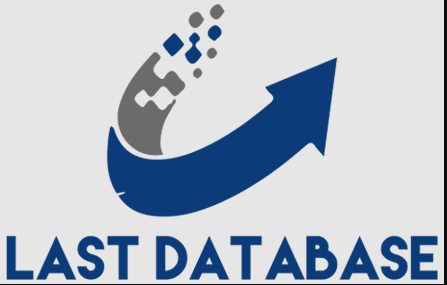In the dynamic landscape of digital marketing, businesses are constantly striving to engage and convert potential customers into loyal patrons. One potent strategy employed in this pursuit is lead nurturing – a process that involves building relationships with prospects at various stages of their journey, guiding them towards making informed purchasing decisions. However, the effectiveness of these campaigns cannot be gauged by intuition alone. To truly measure the impact and optimize lead nurturing efforts, marketers rely on analytics. Lead nurturing campaigns extend beyond the initial interaction, aiming to provide valuable content, establish credibility, and address potential concerns over time. The success of these campaigns can be evaluated through analytics across various dimensions: Engagement Metrics
Tracking metrics such as open rates click-through rates (CTR)
Bounce rates in email communications can shed light on the level of interest and interaction from leads. These metrics offer insights into the quality and relevance of the content being delivered. Conversion Rates: The ultimate goal of lead nurturing is conversion. By monitoring Jewelry Photo Retouching Service the conversion rates at different stages of the nurturing process, marketers can determine which strategies are most effective in progressing leads through the funnel. Conversion tracking can reveal bottlenecks and areas needing improvement. Lead Progression: Analytics can help in visualizing how leads move through the nurturing journey. Mapping out the stages a lead goes through, from initial contact to becoming a customer, provides a clear picture of the campaign’s impact on lead progression. Content Performance: Evaluating the performance of various content pieces, such as blog posts, ebooks, webinars, and case studies, helps marketers understand what resonates best with their audience.
Analytics can pinpoint which content assets contribute most
Engagement and conversions. Lead Scoring: Assigning scores to leads based on their behaviors and interactions. Allows marketers to prioritize follow-ups and tailor content accordingly. Analytics provide the data needed to refine lead scoring models, making them more Fax Marketing accurate over time. Drip Campaign Effectiveness: Drip campaigns involve sending a series of scheduled messages to leads. By tracking how different segments respond to these campaigns, marketers can fine-tune the timing Therefore, and content delivery, optimizing engagement. A/B Testing: Analytics empowers marketers to conduct A/B tests on various campaign elements like subject lines, calls to action, and content types. These tests reveal which variations perform better, leading to data-driven refinements.







